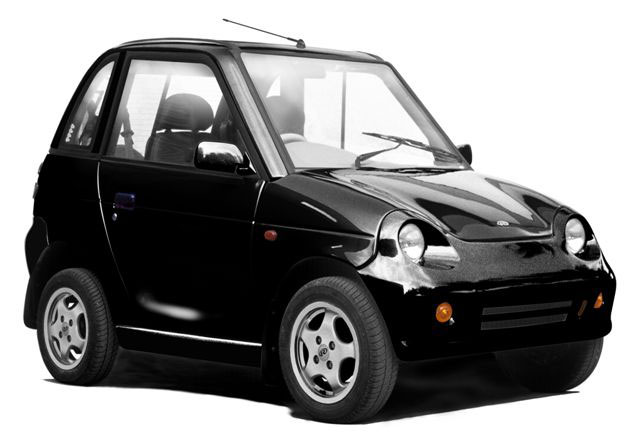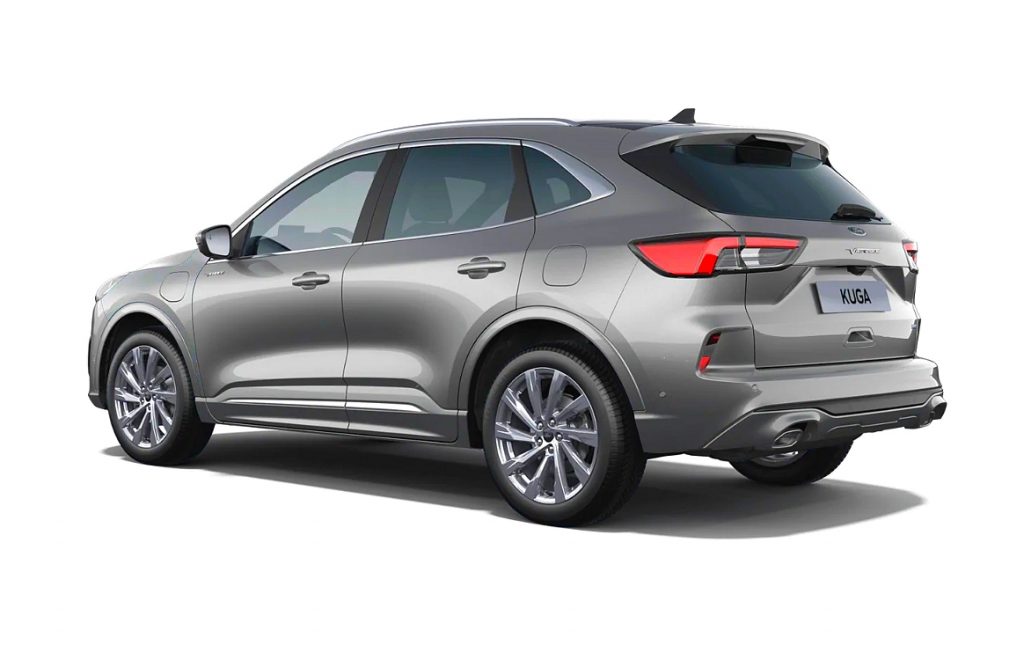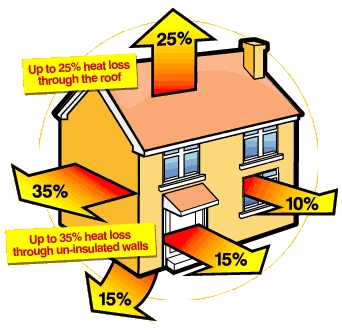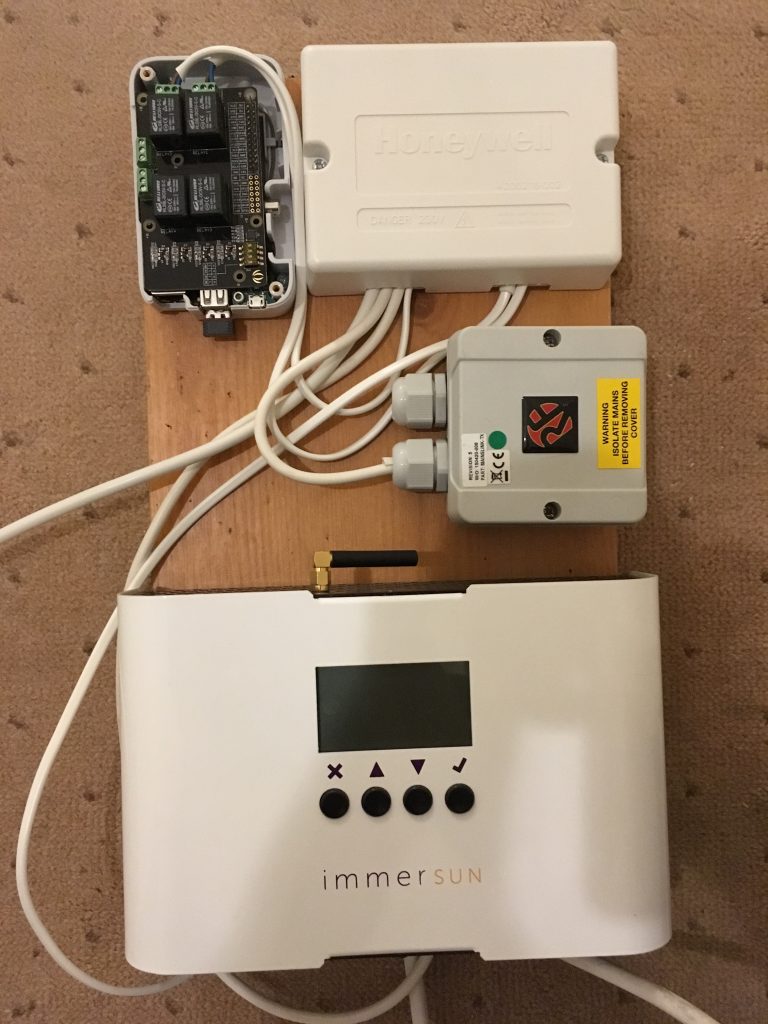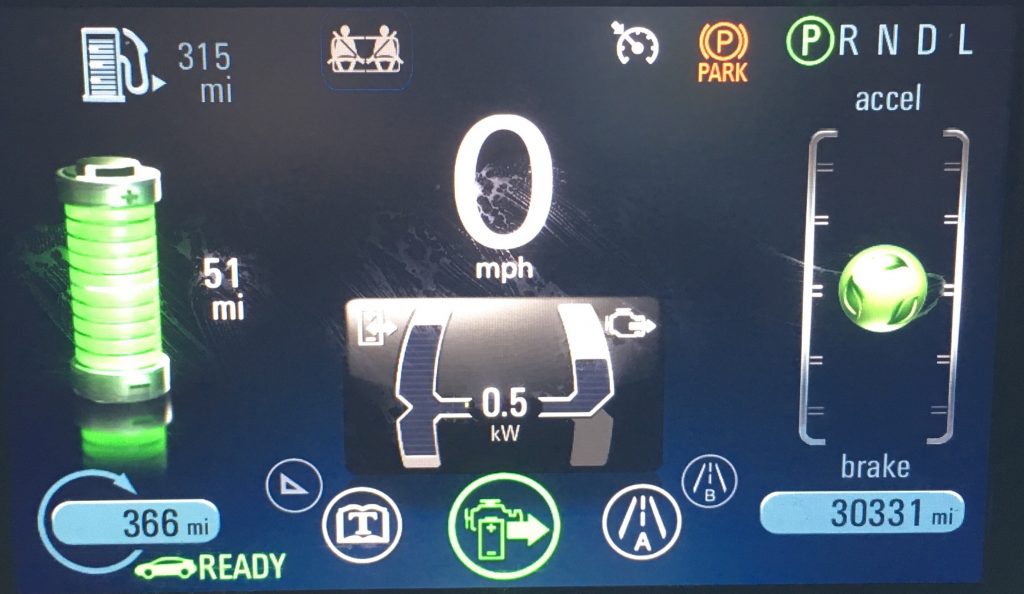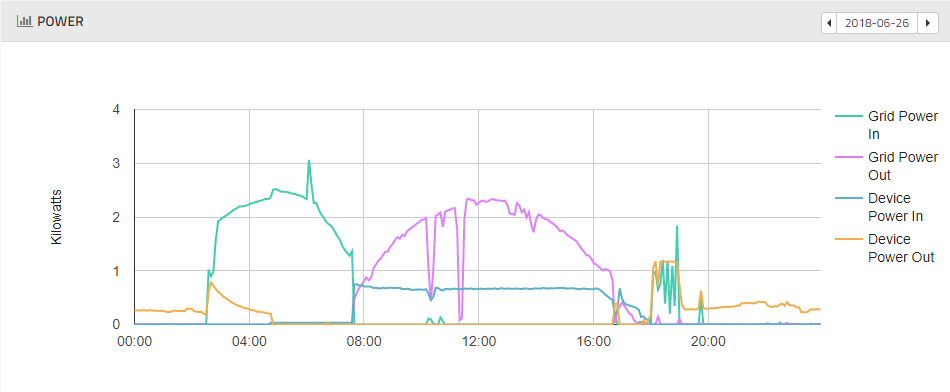It’s approaching sixteen years since I bought my first electric vehicle.
Things have moved on enormously from my first electric vehicle – a REVA G-Wiz. The G-Wiz is a small vehicle similar in size to a Smart car, but strictly was not even a car at all but rather a quadricycle. As a quadricycle it is limited by law in both weight and power resulting in a tiny underpowered vehicle compared to even a small car, however that was all that was available at the time. It was good for 30 to 40 miles according to time of year and speed and maxed out at around 50 miles per hour although 30-40 miles per hour was more achievable.
In the summer of 2014 I bought a new Vauxhall Ampera. I’d initially seen the Ampera at a motor show and dismissed it as neither a full electric vehicle or a plug-in hybrid. However a few years later and now married with a young child I was looking for something bigger. Now I saw it as being more capable than the G-Wiz in size, range, and safety with the bonus of having an engine for the occasional longer trip. I’ve now owned it for over eight years.
The latest addition to the household is a 2020 Ford Kuga PHEV. This is similar to the Ampera in many respects with some variations.
| AttRiute | reva g-wiz | VAUXHALL Ampera | Ford kuga PHEV |
|---|---|---|---|
| Usable battery size | 10 kWh | 10 kWh | 10 kWh |
| Vehicle type | BEV | PHEV/E-REV | PHEV |
| Range | 30-40 miles | 30-40 miles | 30-40 miles |
| Seats | 2+2 seats | 4 seats | 5 seats |
| Connected | No | No (at least in Europe) | Yes |
| Electrical capability | Low (heavily compro-mised versus ICE) | High (Same as ICE) | Medium (Poorer than ICE but keeps up with traffic) |
| Electrical inlet connector | 3-pin caravan | 5-pin BS EN 62196 Type 1 / J1772 | 7-pin BS EN 62196 Type 2 |
| ICE capability | n/a (BEV) | Conventional 1.4L | Atkinson 2.5L (for economy) |
| Transmission | Simple reduction between electric motor and wheels. No ICE or variable transmission ratio. | Similar to Kuga but has additional clutches and brakes allowing transmission to either work as powersplit or separate into a series hybrid with a generator set connected only electrically to the motor and wheels. | Powersplit – combines two electrical machines with torque trans-mission from ICE to wheels via both electrical and mechanical means. Lacks the ability to split the transmission into a separate generator and motor set. |
Both Ampera and Kuga use epicyclic or planetary transmissions to create a variable ratio between engine and wheels. Both gear together three shafts such that the speed and torque on any two shafts determines the speed and torque on the third shaft. Both have the wheels connected to one shaft, the engine to the second, and an electrical machine to the third. However Ampera and Kuga differ in that Kuga places the second electrical machine on the same shaft as the wheels, while the Ampera places the second electrical machine on the same shaft as the engine (which helps when splitting the transmission to create a series hybrid).
I’d differentiate the Ampera from the Kuga as describing the Ampera as a short range electric vehicle with an ICE for occasional longer trips, while the Kuga is more of an enhanced hybrid optimised more for those longer trips with a higher efficiency Atkinson engine. The Ampera on the other hand has greater electrical capability (uncompromised performance electric versus ICE) with greater transmission sophistication having the ability to switch between being a series hybrid or a powersplit.

